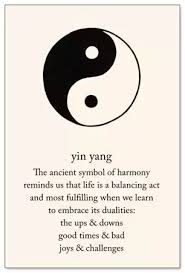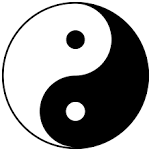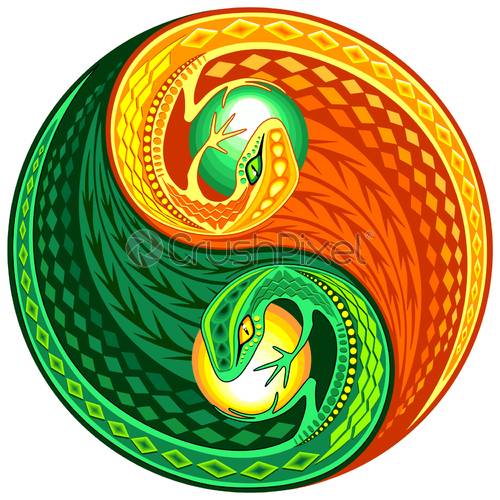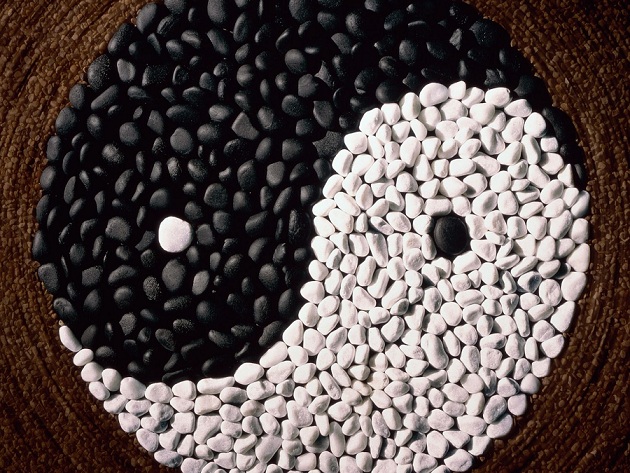Yin and yang (or yin-yang) is a complex relational concept in Chinese culture that has developed over thousands of years. The philosophy is at least 3,500 years old, discussed in the ninth-century BCE text known as I Ching or Book of Changes, and influences the philosophies of Taoism and Confucianism.The principle, dating from the 3rd century BCE or even earlier, is a fundamental concept in Chinese philosophy and culture in general.

The traditional Chinese medicine (TCM), the ancient martial arts, feng sui, the I Ching, and the whole Taoism cosmology are all based on the dynamics of Yin and Yang.
Generally speaking, yin is characterized as an inward energy that is feminine, still, dark, and negative. On the other hand, yang is characterized as outward energy, masculine, hot, bright, and positive.

Feng Shui Yin-Yang Theory Application.
The principle of Yin and Yang is that all things exist as inseparable and contradictory opposites, for example, female-male, dark-light and old-young. The two opposites of Yin and Yang attract and complement each other and, as their symbol illustrates, each side has at its core an element of the other (represented by the small dots). Neither pole is superior to the other and, as an increase in one brings a corresponding decrease in the other, a correct balance between the two poles must be reached in order to achieve harmony.The best representation of the harmonious interaction of the Yin and Yang forces is the Tai Chi symbol. Expressed in fengshui colors, the Yin (feminine energy) is black, and the Yang (masculine energy) is white.

Black and White image of yin yang.
The yin-yang philosophy says that the universe is composed of competing and complementary forces of dark and light, sun and moon, male and female.
The yin-yang symbol is related to the ancient method used to track the movements of the sun, moon, and stars around the year. Briefly put, the meaning of yin and yang is that the universe is governed by a cosmic duality, sets of two opposing and complementing principles or cosmic energies that can be observed in nature.

Yin yang colored image.





